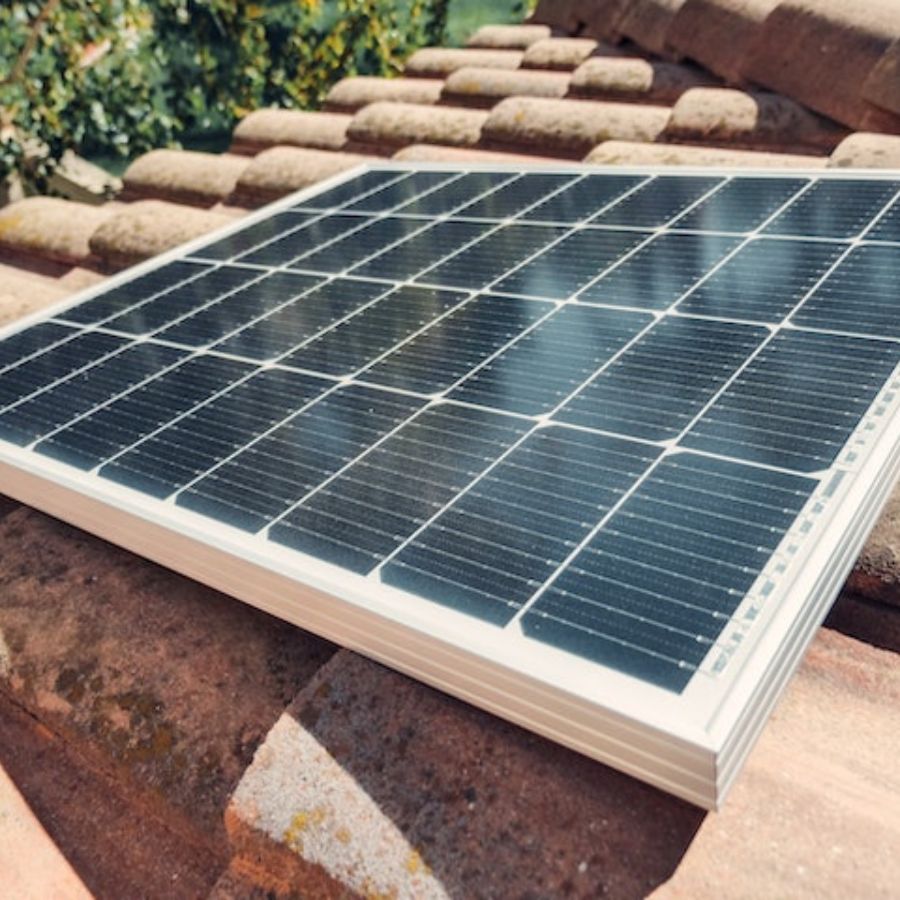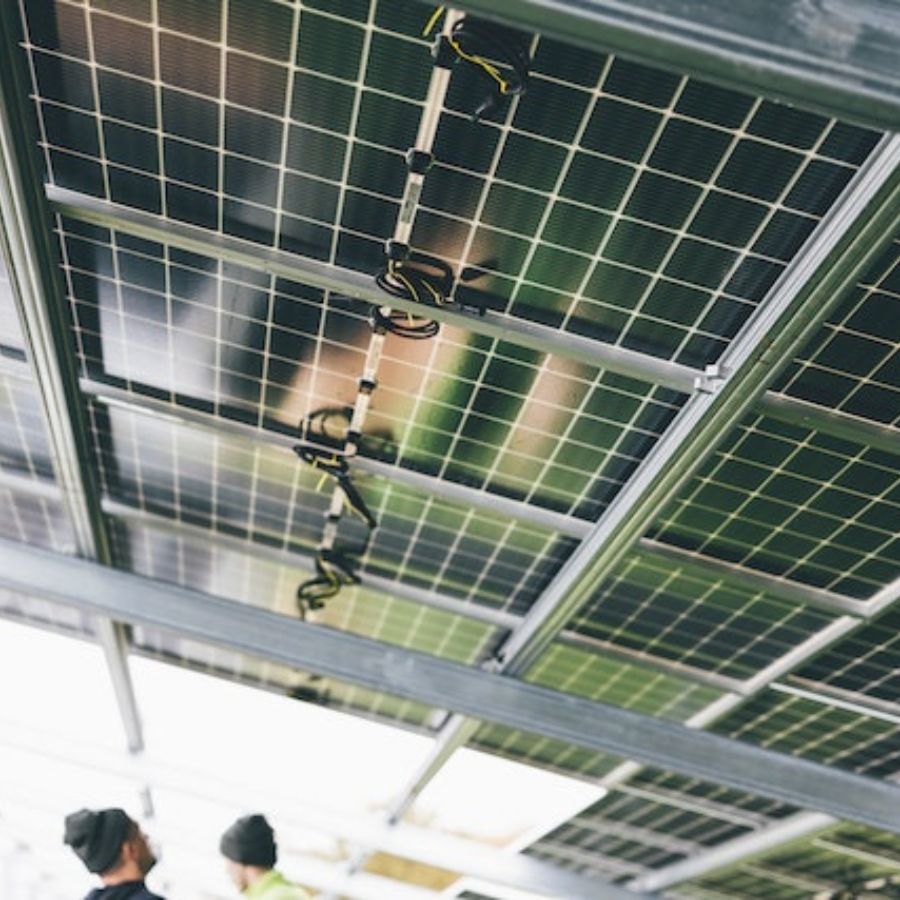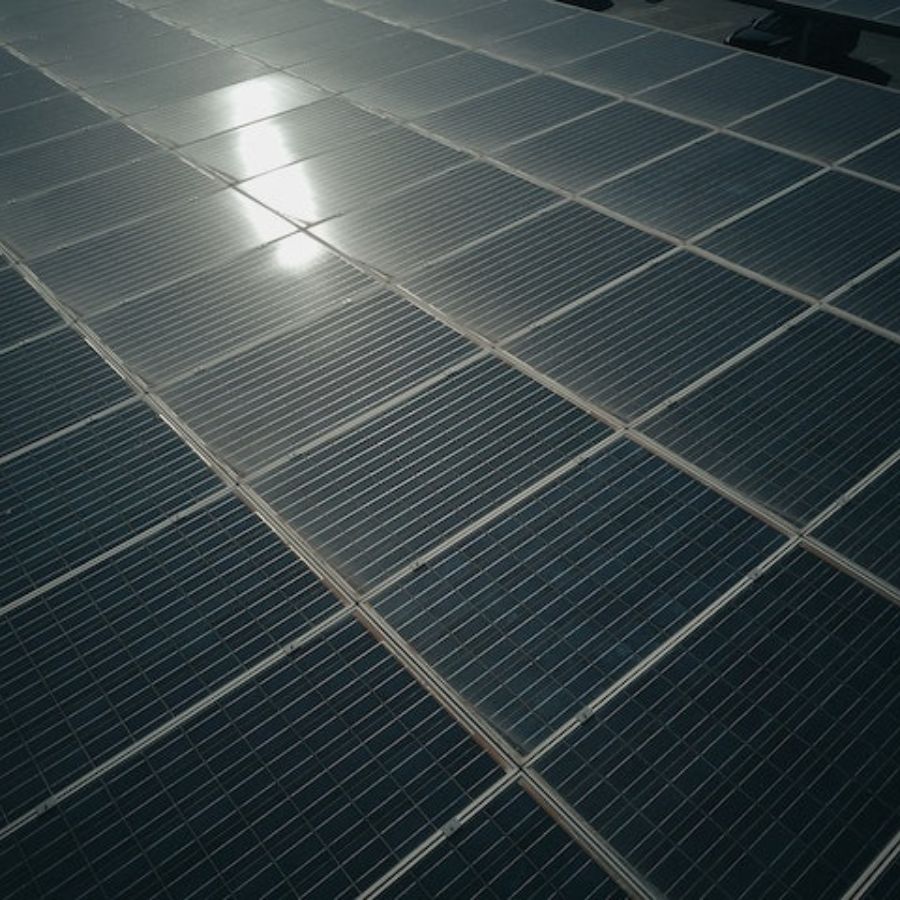How many solar panels do I need for 2500 kWh per month? Solar panels have experienced a surge in popularity throughout Canada in recent years as more and more individuals and households seek sustainable energy solutions. Solar power has emerged as a reliable and environmentally friendly alternative to traditional electricity sources. That is because of the pressing need to address climate change and reduce carbon emissions.
It is crucial to understand how many solar panels are required to meet specific energy requirements to harness the full potential of solar energy. The number of solar panels you need depends on various factors, such as energy usage, the size of the solar system, and the desired size.
Individuals can optimize their energy production and maximize their reliance on renewable sources by accurately determining the appropriate number of solar panels they need for a solar energy system.
In the subsequent sections, we will delve into the intricacies of calculating the number of PV panels required for a given energy demand, considering factors such as solar array efficiency, energy consumption patterns, and geographical location.
With this information, you will make informed decisions about the sizing and installation of your solar power system.
Understanding Energy Consumption and Solar Panel Capacity

Understanding energy consumption and PV panel capacity is essential to determine how many solar panels are necessary for a specific energy requirement. Energy consumption is in kilowatt-hours (kWh), representing energy consumed over a particular period.
Factors Influencing Monthly Energy Usage
Several factors influence monthly energy usage, such as household size, climate, energy-efficient appliances, and lifestyle choices. By assessing these factors, individuals can gain insights into their energy needs and make informed decisions regarding solar panel installations.
Solar Panel Capacity and Its Relationship to Energy Production
Solar panel capacity refers to the energy a solar panel can generate under ideal conditions. This capacity depends on panel efficiency, size, and the amount of sunlight it receives.
The relationship between solar panel capacity and energy production is straightforward: the more energy a solar panel can generate, the higher its power.
Determining the solar panel capacity required to meet a specific energy demand involves calculating the total energy consumption and estimating the solar panel output.
By matching the energy production capacity of the solar panels with the energy usage of the household or property, individuals can determine how many solar panels are needed to fulfill their energy requirements.
Determining Energy Requirements for Your Solar System
To accurately determine how many solar panels are needed for a specific energy requirement, estimating the monthly energy consumption in kilowatt-hours (kWh) is crucial. This estimation provides a baseline for understanding the energy needs of a household or property.
Factors Affecting Energy Usage in Canada
Several factors influence energy usage in Canada. Climate plays a significant role, as colder regions may require more energy for heating during winter months. Household size also affects energy consumption, as larger families typically have higher energy demands. Energy-efficient appliances, insulation, and lifestyle choices also impact energy usage.
Let’s consider an example calculation for a typical Canadian household. Suppose the home consumes an average of 1000 kWh per Month. The solar panel system must generate equivalent energy to offset this energy consumption with solar energy. Therefore, the household would require a solar system size of 4 kW (1000 kWh / 250 kWh) to meet their energy needs assuming an average solar panel output of 250 kWh per Month.
It is important to note that factors like shading, orientation, and tilt angle of the solar array also affect energy production and may necessitate more solar panels for optimal results.
Effect of Solar Panel Efficiency and Output on the Number of Solar Panels Required
Solar panel efficiency and output are critical factors when determining how many solar panels are necessary for a specific energy requirement.
The efficiency of a solar panel pertains to its capacity to convert sunlight into practical electricity. It is important because higher efficiency panels can generate more electricity for a given amount of the sun, maximizing the energy production potential of a solar system. Efficiency ratings vary among different types of solar panels, such as monocrystalline, polycrystalline, and thin-film panels. Therefore, comparing the efficiency ratings can help individuals choose the most suitable panels for their solar installation.
Estimating solar panel output involves considering both capacity and efficiency. Solar panel capacity is typically measured in watts (W) or kilowatts (kW), representing the maximum power output under ideal conditions.
However, real-world performance is affected by factors like shading, temperature, and orientation. Therefore, to estimate the energy output, one must consider the solar panel’s efficiency and the available sunlight, often measured in peak sun hours. Multiplying the panel’s capacity by the efficiency and adjusting for peak sun hours provides an estimate of the solar panel’s expected output.
Calculating the Number of Solar Panels You Need for 2500 Kwh per Month

Calculating the number of solar panels you need for a specific energy requirement involves several considerations to ensure optimal solar energy production.
It is crucial to understand the average solar panel output and efficiency to determine the system size required for 2500 kWh per Month. For example, suppose the average solar panel output of a 330-watt residential PV panel is 51 kWh per Month, and the average efficiency is 18%.
Dividing the desired energy requirement (2500 kWh) by the average monthly output (51 kWh) gives an initial estimate of 49 (330-watt) solar panels needed. However, to account for efficiency losses and variations in sunlight, it is advisable to add a buffer and consider a slightly larger number of panels.
Space constraints and panel dimensions are additional factors to consider. First, evaluate the available roof or ground space and ensure it can accommodate the desired number of panels. Different panel sizes are available, so choosing panels that fit within the open space is essential without compromising performance.
Furthermore, one should consider regional factors like peak sun hours. For example, areas with higher peak sun hours may require fewer panels to achieve the desired energy output than regions with lower peak sun hours.
It’s important to note that one should factor solar panels’ cost into the calculations. That is because the number of panels required can influence the overall cost of the solar panel system.
Factors like upfront investment, potential savings over time, and available government incentives can help individuals decide how many solar panels are financially and functionally feasible for their specific energy requirements.
Factors Influencing Solar Panel Performance and Required Number of Solar Panels
Several factors significantly impact the performance of solar panels and should be considered when determining how many solar panels are necessary for a specific energy requirement.
Geographical location and solar irradiance play a crucial role in solar panel performance. Canada’s vast geography means that solar irradiance levels vary across the country.
Regions with higher solar irradiance receive more sunlight, increasing energy production potential. Therefore, when calculating the required solar panels, understanding the solar irradiance levels specific to your location is essential. In addition, it helps ensure that the system size aligns with the available sunlight for optimal energy generation.
Shading, orientation, and tilt angle are additional factors that affect solar panel efficiency. Shading from nearby buildings, trees, or other obstructions can significantly impact the performance of solar panels.
Proper panel placement, considering the direction they face and the tilt angle, can maximize energy production. Panels ideally should face south in Canada for maximum sunlight exposure. Adjusting the tilt angle based on latitude can further optimize performance.
Overall, understanding and considering these influential factors are essential for accurately determining the number of solar panels you need to meet specific energy requirements and maximize the performance of solar systems.
Bottom Line
In conclusion, understanding how many solar panels are necessary for specific energy requirements is crucial when considering a solar panel installation.
Factors such as energy consumption, solar panel efficiency, geographical location, shading, and orientation significantly influence the performance and effectiveness of a solar system.
By accurately calculating the system size and incorporating these factors into the calculations, individuals can determine the optimal number of panels needed to meet their energy needs.
Utilizing more efficient panels and maximizing solar energy can lead to more significant energy savings and a reduced carbon footprint. In addition, consulting reputable sources like the National Renewable Energy Laboratory can provide valuable insights. It helps to make informed decisions about how many panels are necessary for an efficient and sustainable solar energy system.


Leave a Reply